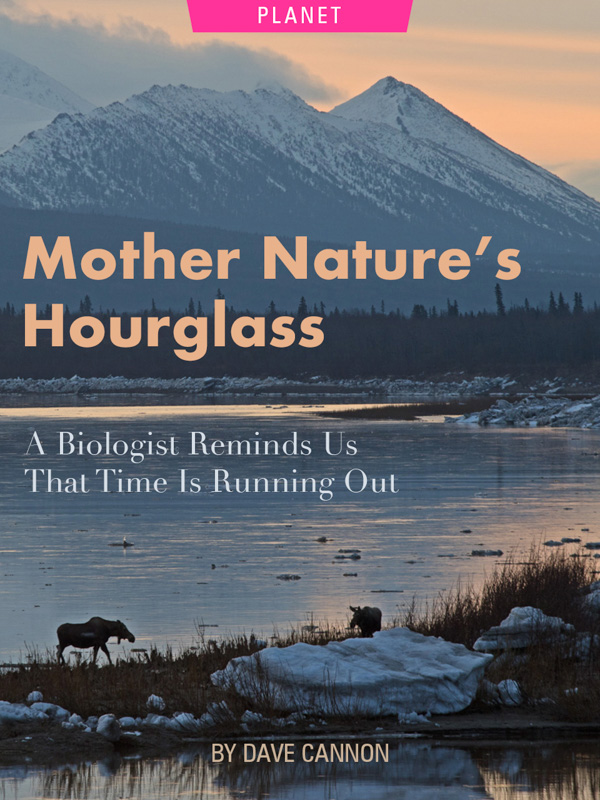
An environmental activist fights to save the salmon of the Pacific Northwest — and dares us all to answer the call to action against climate change
—
In a world of more than seven billion people, each of us is a drop in the bucket.
~ David Suzuki
But with enough drops, we can fill any bucket
I wish that for Earth Day, I could pen an uplifting story that shines a spotlight on all that is good with the environment… I really do. But I’ve learned there comes a time when we must face reality.
Our planet is wheezing from air pollution; it’s choking on plastics; our climate altering CO2 emissions are only increasing; amphibians and insects are dropping like flies (pun intended); wildfires and floods are now common much of the year.
On a worldwide scale, biological diversity is rapidly declining.
The United States is in a political divide not seen for over one-hundred years — and environmental concerns are a part of that division.
Don’t get me wrong, I used to be the world’s biggest optimist… and, contrary to what some friends think — I still might be! It’s that optimism that lifted me out of the depths of despair when, back in 1996, my depression — brought on by a concern for the future of Pacific Northwest salmon — hit its zenith, and my life and mental state hit rock bottom.
It’s optimism now that allows me to accept the continual ecological stressors, while working towards possible solutions to the growing existential threat confronting mankind. At a minimum, I try to help people struggling with depression and other cognitive impairments brought on by such threats.
Call it optimism or intestinal fortitude, but I believe that had I not survived a taxing, tumultuous period in my life, I wouldn’t be able to help people who are suffering a similar psychological meltdown… something called solastalgia (you’ll read about this below).
As a biologist, I’ve learned that there is a fine line between optimism and misguided optimism.
I definitely don’t want to fall into the trap of misguided optimism like M.C. James did back in 1937. He made the following statement at a fisheries conference: “That part of the industry dependent on the Columbia River salmon run has expressed alarm at the possibility of disastrous effects upon the fish through the erection of the tremendous dams at Grand Coulee and Bonneville… Aside from the fish ladders and elevators contemplated, there is a program for artificial propagation set up which may be put into effect if the fish passing devices fail to meet expectations. No possibilities, either biological or engineering, have been overlooked in devising a means to assure perpetuation of the Columbia River salmon.”
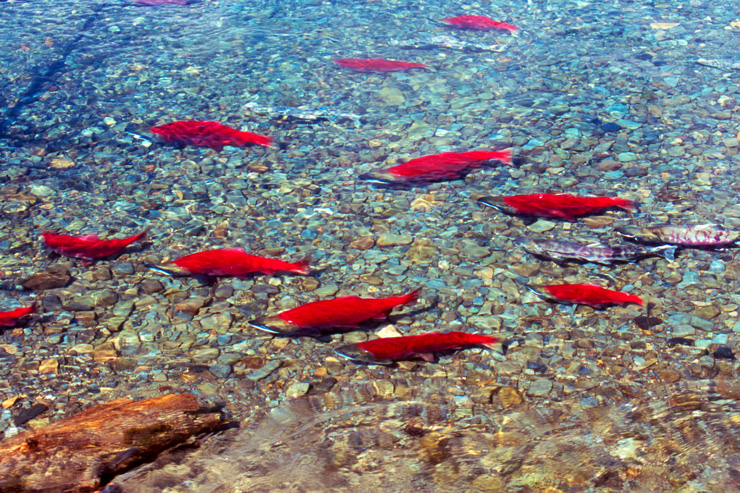
Before James’ time, it’s estimated that roughly 16 million salmon and steelhead — fishes that mature in the ocean, but return to fresh water to spawn in one of nature’s most amazing cycle-of-life spectacles — annually ascended the mighty Columbia River as far upstream as British Columbia and the high mountains of Central Idaho.
Today, less than 500,000 wild salmon and steelhead make the epic journey; a big part of the reason are those tremendous dams in which James had such misguided confidence.
I lived in remote Elk City, Idaho between 1993 and 1996 when the salmon controversy made the spotted owl issue look like a stroll in the park. Fellow biologists were getting death threats over attempts to save those few wild ones. In 1991, only four sockeye salmon successfully negotiated the eight dams on their 900-mile journey back to Redfish Lake in Idaho’s rugged Sawtooth Mountains. In 1992, Lonesome Larry was the lone sockeye to return.
Redfish Lake got its name from the fact that sockeye salmon turn vibrant crimson after they leave the ocean and approach their spawning grounds. The river that drains Redfish Lake is called the Salmon River, another of many places throughout the world that don’t live up to their names.
I’m not ashamed to say that I fell into a deep funk over the loss of the salmon and other fishes I care so much about.
Eventually, I read an article that didn’t help my state of mind — it was written by a fisheries guru titled Defending Reality. In the article, the author — Dr. Robert Lackey — concluded that by the year 2100 wild salmon in the Pacific Northwest would only consist of ‘mere remnants of pre-1850 runs’.
Here’s how he summed up the general sentiment of the colleagues he asked to review a draft:
“Most of the several dozen fisheries scientists who reviewed the manuscript accepted the conclusion as realistic, even intuitively obvious, but the following were typical reactions to the overall message: The message is correct, but it is too pessimistic. You need to look for a way to tell the story more optimistically.”
Others said, “You have to give those of us trying to restore wild salmon some hope of success.”and, “Such a pessimistic message is not fair to all those fisheries biologists in the trenches trying to do their best to save salmon.”
I was one of those biologists in the trenches valiantly trying to “save the salmon.”
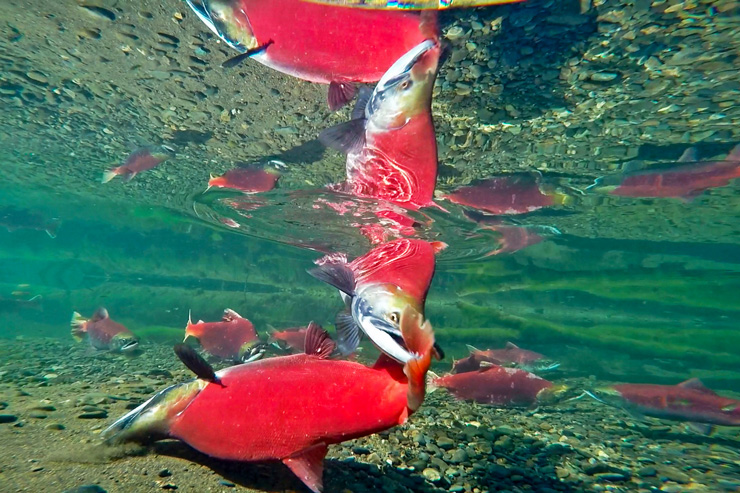
I’ve learned that you can run, but you can’t hide from the reality of ever-present and mounting pressures on our aquatic resources.
Today, there are increasing threats to salmon even in Alaska where I now live. A controversial copper and gold mine is being considered in the headwaters of Bristol Bay, the world’s most productive sockeye salmon fishery. Another gold mine, possibly the world’s largest, is slated for my home waters and could impact a unique and culturally important rainbow smelt population (they’re available only for a very short period just after ice-out and are heavily relied upon as a subsistence food).
Both of those projects, if developed, will need to treat the water leaving the mine site forever. In other words — for eternity, which I have a hard time wrapping my head around.
I’m hesitant to bring politics into the mix, but the Trump administration seems hell-bent on reversing many of the environmental regulations that are intended to protect you and I… and the animals that can’t speak for themselves. His administration is fast-tracking approval of the Environmental Impact Statement for the Pebble Mine in Bristol Bay.
The stark reality is, however, that reality is reality and there comes a time when we must face it head on, because not facing it only makes tough decisions that much tougher and forecloses possible options and/or solutions; it also makes the distasteful pill that much tougher to swallow. Dr. Lackey posits: “Is adopting unfounded professional optimism a harmless adaptive behavior of little import? After all, ‘think positive’ slogans are a hallmark of many self-improvement programs. What is wrong is that optimism does not convey what is happening with wild salmon and it allows the public, elected officials, and fisheries managers to escape the torment of confronting triage.”
Let’s look beyond the fishes I care so much about, to something that will affect not only them, but ecosystems around the world — climate change. If you’ve been following the news, you’ll know that the world’s leading climate scientists warned that…
We have a little over a decade to act in order to fend off unimaginable consequences like extreme droughts, catastrophic floods, and massively destructive forest fires, and other weather-related calamities.
As I’m writing this from Southwest Alaska, we’re experiencing the warmest winter on record and our rivers are opening up a month ahead of normal. Just last week, five residents fell through the ice on the Kuskokwim River and two drowned near the village of Bethel. There is widespread flooding in Nebraska, S. Dakota, and Iowa. Cyclone Idai recently caused catastrophic flooding in Mozambique and Zimbabwe in Africa. Iran has also experienced disastrous flooding.
And who can forget the devastating forest fires of California last summer?
Here’s what is most disconcerting to me, and this may sound outlandish to some — but the more concerned I am over these impending environmental/ecological conundrums, the more the naysayers think me, and my kind, have bought into the alarmist propaganda. I even see that with some of my ‘friends’ on social media.
If that’s not bad enough, there are still those on the opposite end of the spectrum who have influence with the Trump administration that claim that more CO2 is a good thing! The environmental politics are not only getting more contentious… but downright ugly and frightening.
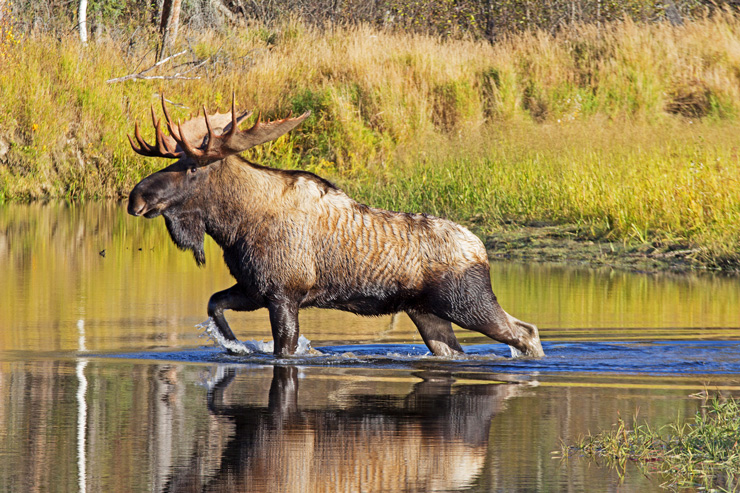
Even David Attenborough confesses that he has trouble maintaining his optimism:
“The question is, are we going to be in time, and are we going to do enough?
And the answer to both of those is no. We won’t be able to do enough to mend everything. But we can make it a darn sight better than it would be if we didn’t do anything at all.”
Consequently, those of us concerned for the fate of mankind must be mentally prepared for what is to come. But what is to come — environmental triage? The bigger question is, what can you or I do about it… if anything?
This all brings me to ‘solastalgia’, something I’m familiar with since I experienced it in Idaho long before there was a name for it. The term was coined by Australian environmental philosopher Glenn Albrecht in 2003 to describe the feeling of distress associated with adverse environmental change in our surroundings; it helps explain the anguish one feels over the threat to an individual’s identity and well-being. The formal definition is:
“Solastalgia — the pain or sickness caused by the loss or lack of solace and the sense of isolation connected to the present state of one’s home or territory.”
I worked through my solastalgia by gaining some semblance of psychic stability after successfully completing a self-help program. However, the journey wasn’t easy because I had to overcome my anxiety, depression, and feelings of inadequacy since I was unable to ‘save’ my beloved salmon. That journey took years, and I didn’t do it alone… I also needed some anti-depressants.
One self-help resource that aided my recovery was a book by Dr. Terrence Real, a psychotherapist, titled I Don’t Want To Talk About It: Overcoming the Secret Legacy of Male Depression. Surprisingly, out of the blue, this excerpt is from his closing chapter: “The dynamic of dominance and submission which has been at the heart of traditional masculinity can play itself out inside the psyche of man as depression, in his interpersonal relationships, as irresponsibility and abuse, in one races’ contempt for other people, or in humanity’s relationship to the earth itself. We have abused the environment we live in as if it were an all giving and all forgiving mother… an endless resource.”
Given those ubiquitous abuses, what can you do about such hopeless feelings about your place in the environment? You can be your Best Self by taking care of yourself and heeding the words from what I’m calling The Solastalgiast’s Serenity Prayer:
Grant me the SERENITY to accept the things I cannot change, the COURAGE to change the things I can, and the WISDOM to know the difference.
More importantly would be to follow the sage advice of Joseph Campbell,
“We’re not on our journey to save the world but to save ourselves. But in doing that you save the world.”
I’ve learned the hard way that we can’t take care of others unless we take care of ourselves mentally… and Mother Nature and all of her inhabitants fall into the ‘other’ category. But, we must do what we can where and when we can. These actions suggested by David Suzuki can minimize our impacts on the environment:
- Get charged up with renewables
- Green your commute
- Use energy wisely
- Eat for a climate-stable planet
- Consume & waste less
- Divest from fossil fuels
- Invest in renewables
- Help put a price on pollution
- Vote for those with similar concerns
- Tell your story, and listen to others
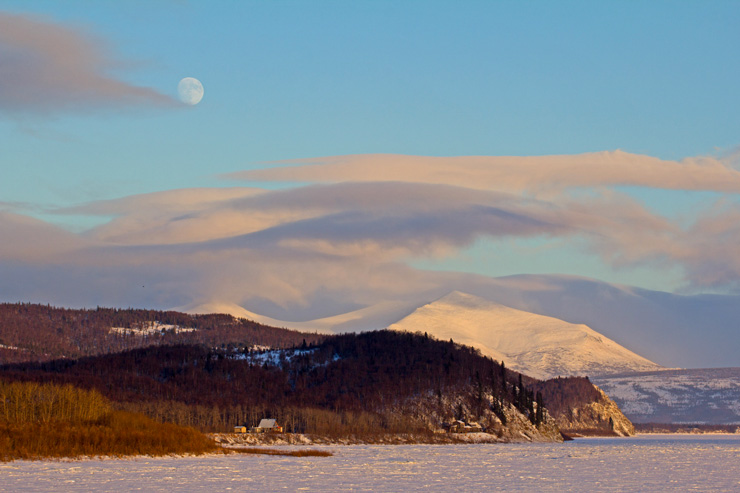
I’ll wrap up on an optimistic note from the most unlikely of sources — Greta Thunberg, a sixteen-year-young woman who has taken the climate change crowd by storm. At fifteen and a ninth grader in Sweden in 2018, Greta began skipping school each Friday and protesting, in front of Sweden’s parliamentary building, her country’s lack of action on climate change issues. On March 15 of this year, tens of thousands of students from 1,700 communities in over 100 different countries joined Greta in a world-wide protest of my generation’s inability to take meaningful steps to address climate change.
Let’s hope her efforts lead to not only a greater awareness of the impending crisis among the masses, but actual measures taken that reduce mankind’s footprint on this beautiful planet of ours.
Although she’s been diagnosed with Asperger syndrome, ADHD, and obsessive-compulsive disorder, she’s already addressed the United Nations Climate Change Conference in Poland and the World Economic Forum in Davos, among other impressive venues. In addition, she’s been nominated for the Nobel Peace Prize!
Interestingly enough, she attributes her unique perspective to those disorders. Here’s what she posted on Facebook for Autism Awareness Day:
“Proud to be on the spectrum! And no, autism (as well as ADHD, ADD, Tourette’s, OCD, ODD etc) is not a ‘gift’; for most it is an endless fight against schools, workplaces and bullies. But under the right circumstances, given the right adjustments it CAN be a superpower.
I’ve had my fair share of depressions, alienation, anxiety and disorders. But without my diagnosis, I would never have started school striking. Because then I would have been like everyone else.
Our societies need to change, and we need people who think outside the box and we need to start taking care of each other. And embrace our differences.”
Isn’t it amazing that a young woman with such cognitive difficulties can see our societal ills so clearly?
How clearly does Greta see the climate crisis? This, succinctly, illuminates her perspective:
“We live in a strange world where children must sacrifice their own education in order to protest against the destruction of their future.
Where the people who have contributed the least to this crisis are the ones who are going to be affected the most.
Where politicians say it’s too expensive to save the world, while spending trillions of euros subsidizing fossil fuels.
We live in a strange world where no one dares to look beyond our current political systems even though it’s clear that the answers we seek will not be found within the politics of today.
Where some people seem to be more concerned about the presence in school of some children than the future of humankind.”
I, myself, have ADD; and through all of my life’s trials and tribulations, I’ve come to the conclusion that life is, indeed crazy… and the realization that Homo sapiens (i.e., ‘the wise ones’) must get in charge of ourselves psychologically — individually and collectively — in order to avert widespread ecological and social calamity.
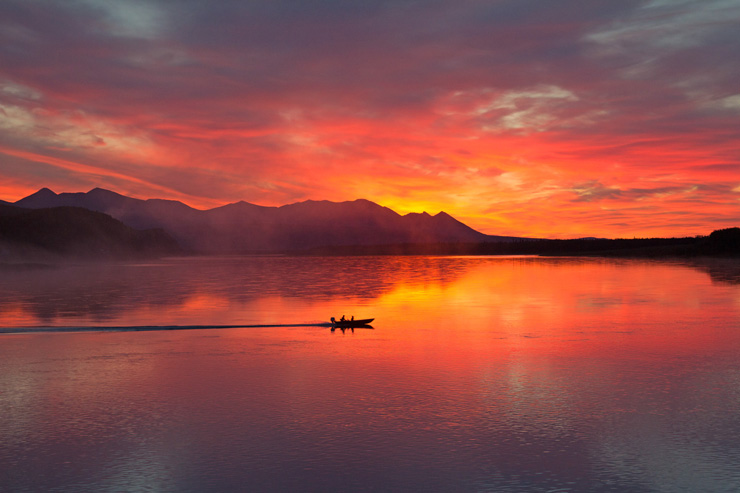
The ultimate question is — are we, as a species, up to the task?
In closing, here’s an article on the increasing rate of extinction of species on our planet from the United Nations Sustainable Development Goals.
And also, a poignant Time article from Robert Redford to commemorate Earth Day 2019. In addition to his call to vote in officials who care about the environment, I would add that the real hurdle is to convince the climate change naysayers to shift their position and acknowledge that we all share the same dream — a healthy planet that will allow us all to thrive.
You may also enjoy reading Dancing With Mother Nature: An Adventure For Change Across Antarctica by Zita Luiten